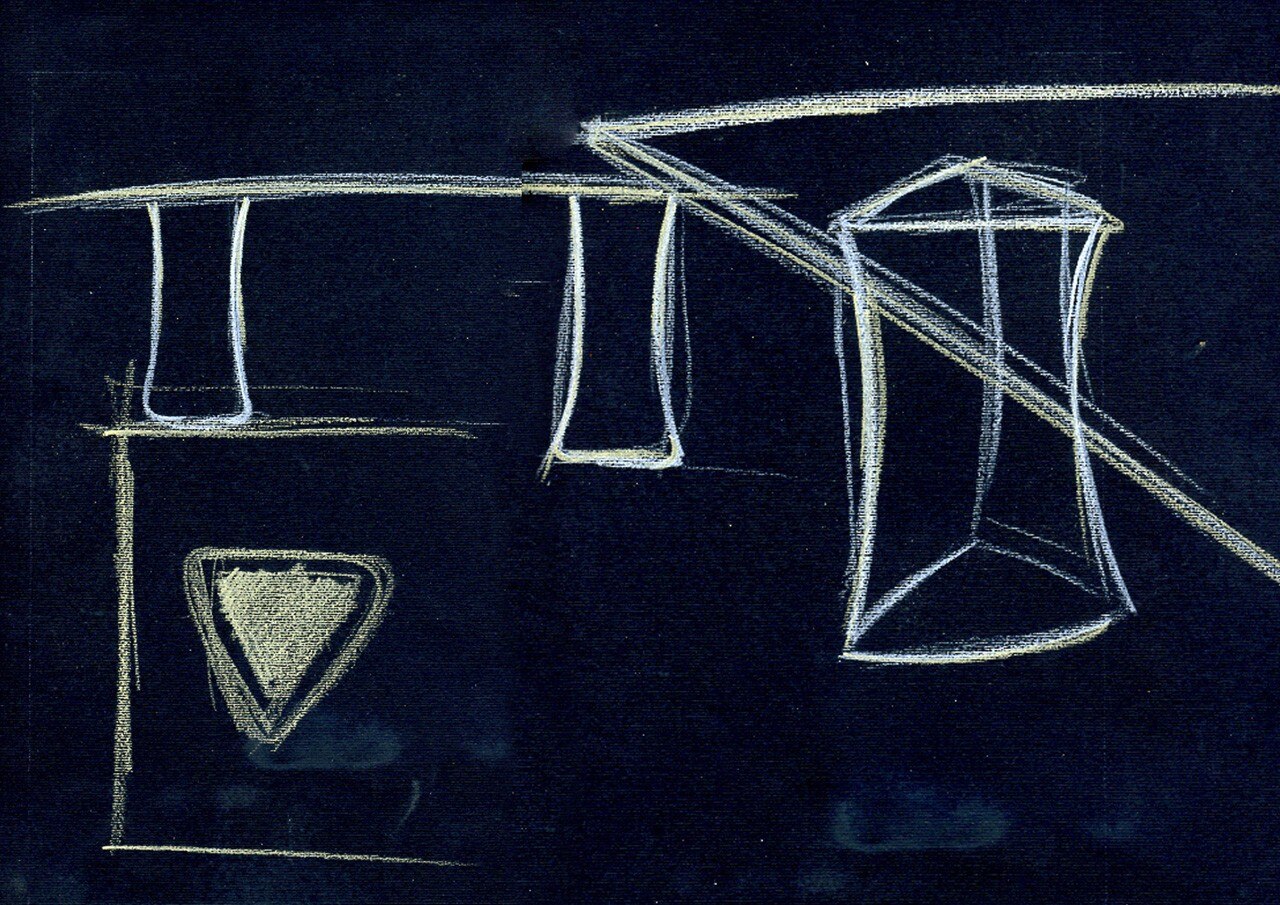Domus: We would first like to hear your general opinion on a proposal with such a complex content.
Joseph Grima: I see this as an extremely interesting operation because it is one of the first attempts to tackle the question – clearly huge and which no one can answer – on the meaning of design in the 21st century. Natevo has accepted a new approach to design at a time when the economy, the media and the relationship between production, business and creativity have changed greatly, and, with a very open mind, it is trying to explore the potential outcome of a new form of dialogue between users and manufacturers. The introduction of this dialogue, also via social media, which lends a voice to end users in what was previously a very vertical and hierarchical context, is a fundamental innovation.
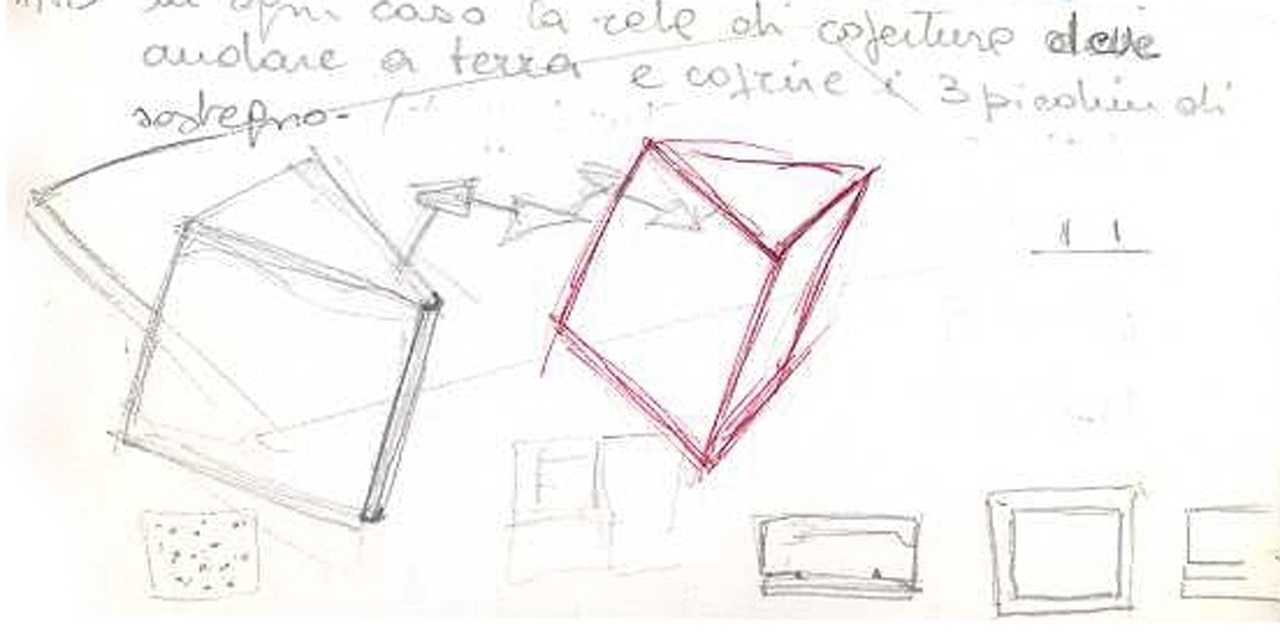
Domus: The end users certainly have a say in the choice of what will be produced.
Joseph Grima: Yes, but it is more than that. They also have a say in the conception because the future of the new model that Natevo has started to adopt is that anyone with an idea will be able to produce it and this is one of the most fascinating aspects.
Marva Griffin: The idea of offering a large number of young people such direct access to the furnishing world convinced me as soon as the Messina family told me about it. I saw it as a laudable project because it reminded me of the Salone Satellite: it had 100 designers when it was first organised and this year there were more than 700 from 33 different countries.
Manuela Messina and Andrea Corti: What better opportunity for those dreaming of making a name for themselves and who perhaps complain that they have no option but climb the ladder in a sector that rarely offers novices a chance to see their ideas through?
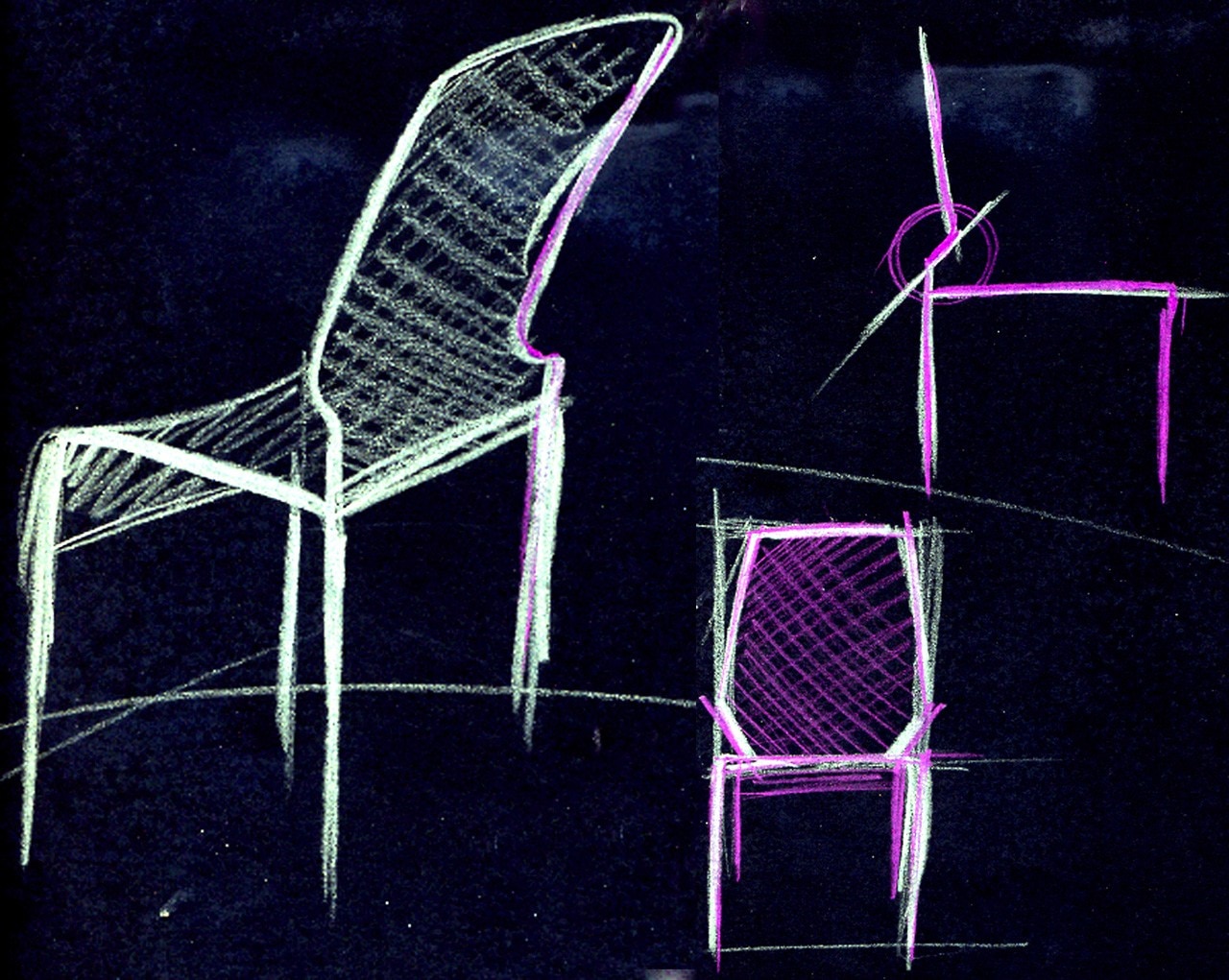
Domus: A key word in this call is crowdsourcing by which Natevo wants to stimulate an extremely fluid base that goes beyond the boundaries of the sector and includes novices to draw on new design ideas. How was this invitation greeted by the “enthusiasts” and the young up-and-coming/established designers? Did the call for ideas really stimulate participation from a wider base?
Manuela Messina and Andrea Corti: After the presentation at the last Furniture Fair, we were pleased to see that Italian and foreign media focused a great deal on Natevo, outlining the contents of this innovative idea with plenty of detail. There was also a lively grapevine in the social-media community. The proposals received from Italy and abroad are adequate in number although, actually, we expected more. We were worried that we might be inundated because, as we keep saying, Natevo is “democratically” open to all.
Marva Griffin: The articles on Natevo were published predominantly by specialist websites and magazines so it is perhaps not surprising that there were fewer designs from “enthusiasts” than from students and interior decorators or designers. At this stage, it would be interesting to involve well-known designers who could give it an even stronger imprint.
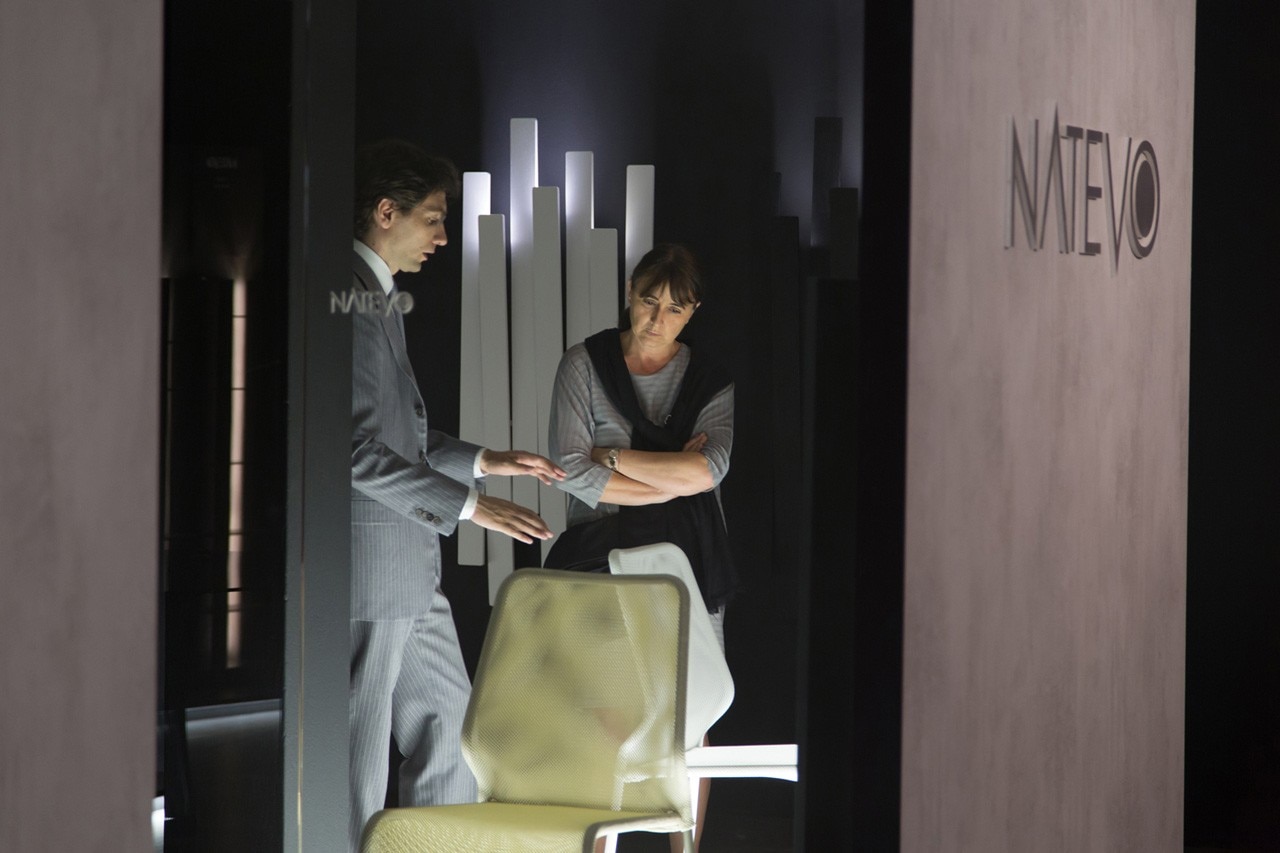
Domus: Natevo needs a hybrid object type and the theme of the illuminated furniture definitely has key precedents but I don’t believe it has ever been developed so programmatically by a company, such to propose a potentially complete and, to some degree, “alternative” domestic landscape. How do you see this challenge?
Marva Griffin: It immediately appealed to me. I saw Rosario Messina’s passion and desire for innovation in it. Undoubtedly, this project can radically alter the domestic landscape as well as being a source of fascinating financial and ecological developments.
Susanna Legrenzi: The theme of designing illuminated furniture is open to an interdisciplinary approach. It requires expertise in both the furniture and lighting areas. Furthermore, at a time of major market recession, the idea of designing an entire domestic landscape calls for a broad vision and outlook. You must see design not only as process and product but as a complex and well-structured living system that is receptive to the opportunities offered by the new goals of lighting engineering, in terms of sustainability and aesthetic.
Manuela Messina and Andrea Corti: The significance does not stop there. Natevo furniture is also innovative as regards the design and construction of new buildings because it eliminates the need to install lighting points on walls or electrical tracing. All it requires are floor sockets. If adopted on a large scale, it will also considerably benefit buildings being refurbished, eliminating the need to demolish walls as furnishings can simply be placed where light is needed.
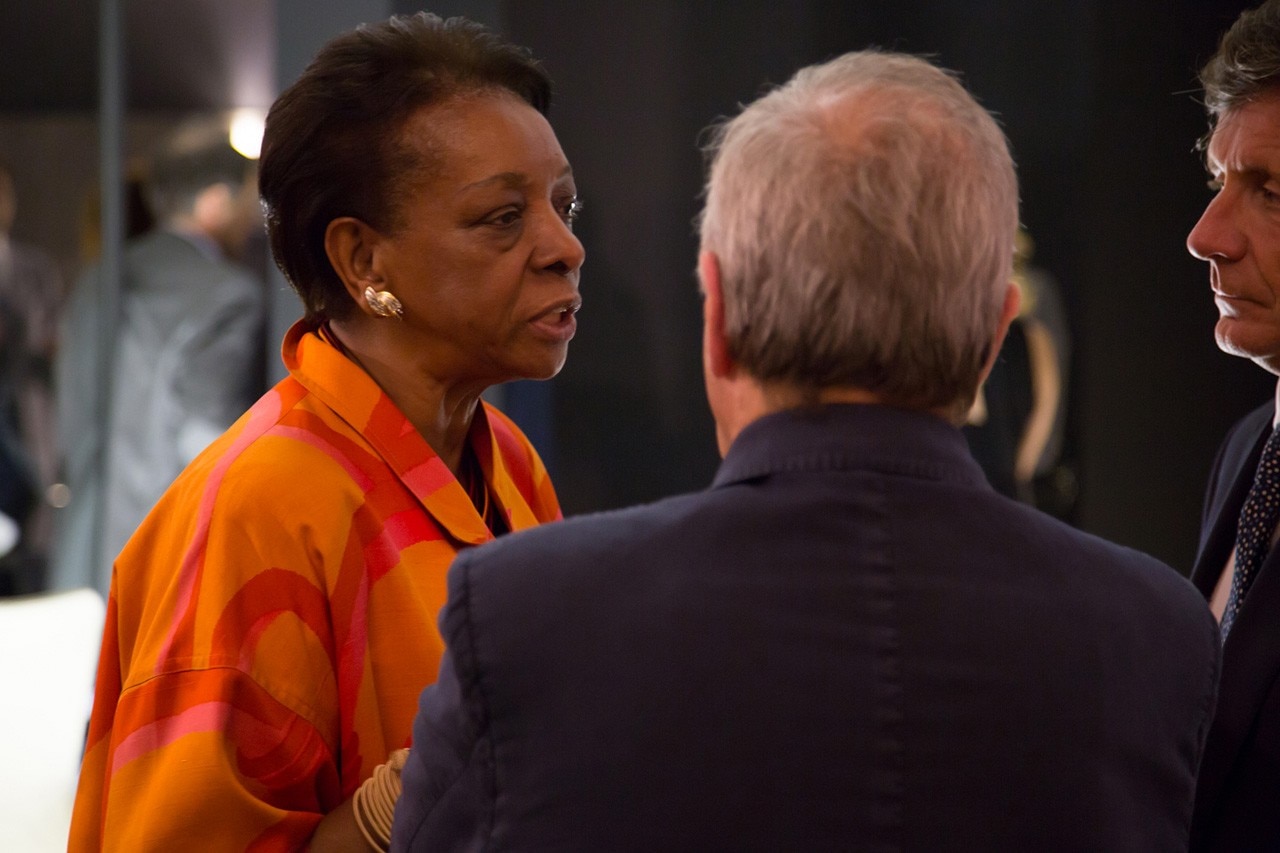
Domus: There is also the wireless option, if and when it comes (Denis Santachiara has already experimented with Nikola Tesla’s principle of electromagnetic induction). I find it appealing that Natevo also falls within the perspective of future technological evolution. We don’t know how soon it will come but it is potentially close…
Joseph Grima: Of course, some cell phones can already be recharged by induction but, more generally, the idea of positioning itself in a near, and by no means far off, future made of relatively accessible everyday technologies is hugely important. The crowdfunding revolution, for example, is already all around us and it will shortly become the norm. Within ten years, every company will probably have to incorporate something of what Natevo is today. It is conducting pioneering work and breaking the ice in terms of processes and scenarios that we can take as fairly given and which few people have doubts about…
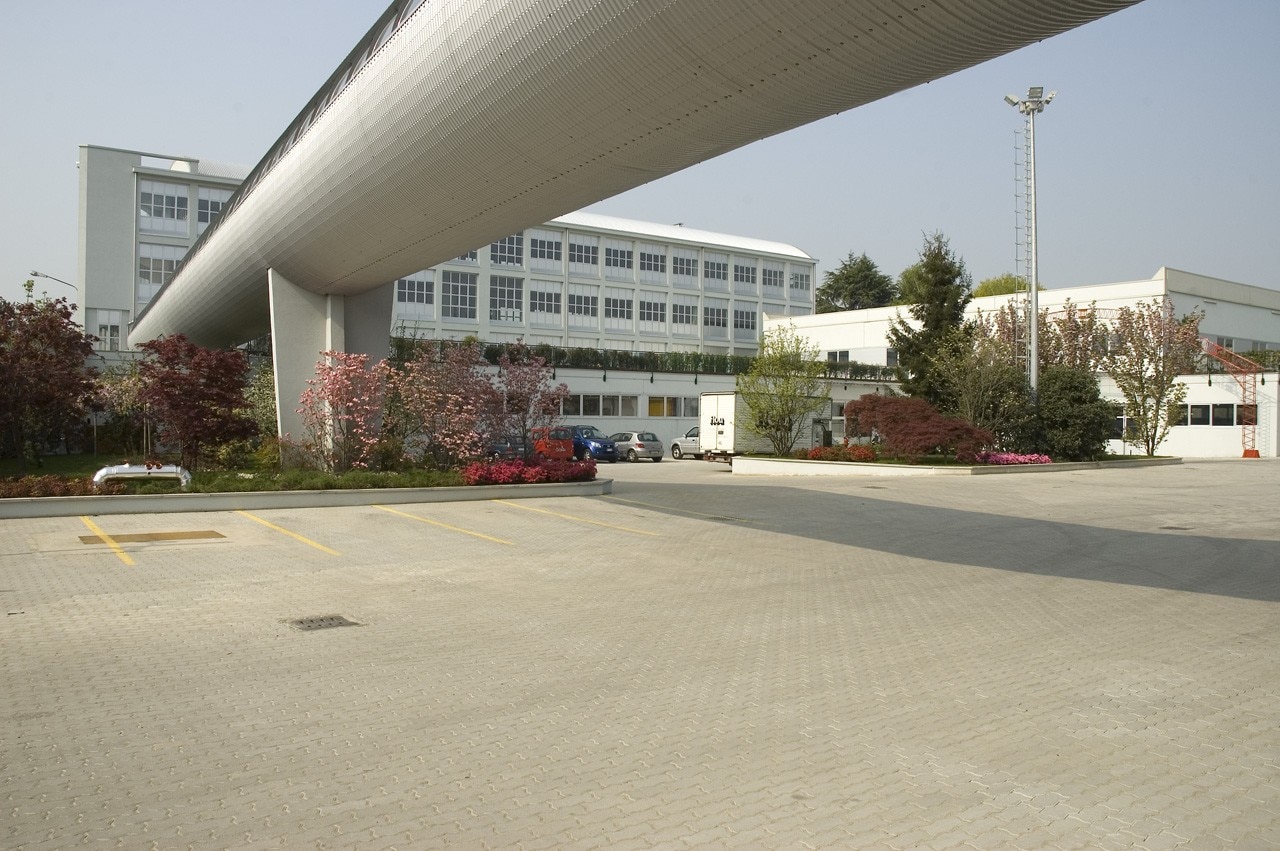
Domus: How is the design world responding? Are any functional families more recurrent than others in the designs examined?
Marva Griffin: broadly speaking, designs have come from all over the world (the force of the Internet!) although many are off the mark, with more focus on the light than the functionality of the object “with” a light inside it.
Manuela Messina and Andrea Corti: Actually, it was no easy task for the jury. A large number of designs were received but many gave more emphasis to the lighting component and so did not hit the target.
Joseph Grima: I also found it interesting to observe a sort of cultural shock, in the sense that, as designers, we are culturally accustomed to having a number of constraints and restrictions determined by production, legal standards and the market but, perhaps, also by the type. It is true that Natevo requires a certain hybridisation but, equally, it offers designers total freedom and, especially with regard to the process, relaxes certain constraints. So much freedom produces a vacuum and the future scenario of the designer will be to work ever more often in this condition of greater vacuum, becoming a well-rounded agent who is more independent of the ‘paternal figure’ that companies have traditionally been. This, perhaps, is the greatest challenge.
Manuela Messina and Andrea Corti: Perhaps not surprisingly, the type most commonly present was the coat stand, probably because it resembles a floor lamp in form.
Susanna Legrenzi: The wall system is another definitely recurrent family: console tables, small cupboards and bookcases. Personally I would like to be able to assess other types of furniture, too, designed to meet new needs, especially those linked to service spaces and functions or spatial design: from modular/partition systems to tidying solutions and those for the daily routine.
The design approach suggested by Natevo lends itself to an incremental process of object definition and improvement
Domus: What criteria have you adopted to judge the designs?
Marva Griffin: Good design, functionality and a response to Natevo values, plus a certain “appeal” that will arouse interest in the public called upon to judge, vote or sponsor the prototype shown on the website or to determine its progression to production.
Manuela Messina and Andrea Corti: The key criterion is, without doubt, functionality. A good design product must primarily perform its function and then illuminate the space.
Susanna Legrenzi: One major criterion was also technological innovation and, above all, the production timeframe, methods and costs. Industrial design cannot ignore market demands.
Manuela Messina and Andrea Corti: In fact, although interesting, several designs were not accepted because of inconsistencies between type, potential target and end cost, which was disproportionate because of the electric system integrated into the object itself.
Joseph Grima: I would say that, apart from the aforementioned aspects, the design approach suggested by Natevo lends itself to an incremental process of object definition and improvement. A proposed design might also be considered not final but lend itself to a concept of progressing over time or even interventions by other designers in an open software-like system, for example, that can evolve as the different versions of Linux have done. We are only at the beginning and there are unexplored possibilities.
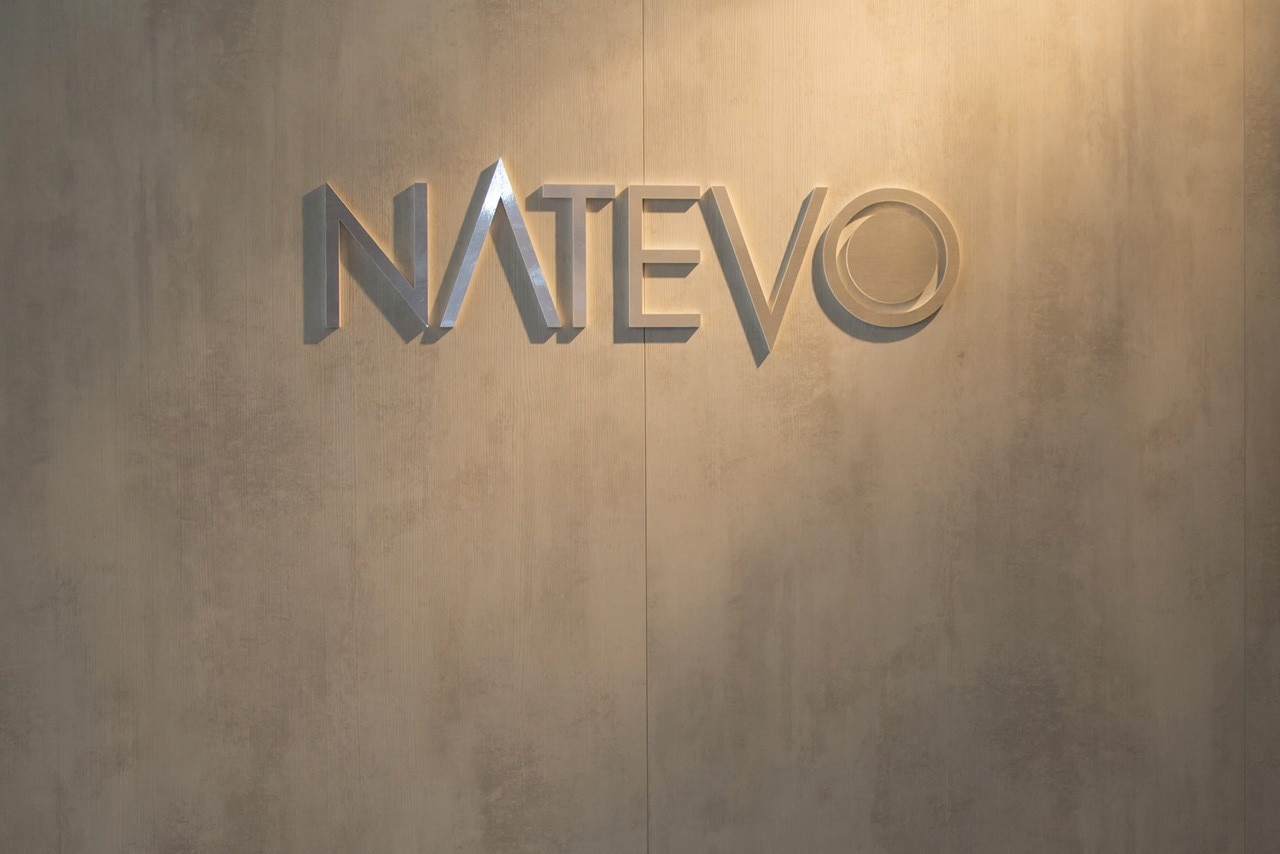
Domus: What might be the evolution of such an initiative?
Marva Griffin: It all depends on the commitment and approach. The Messina family are totally committed and that is why I am convinced that the Natevo products already in production will be joined by many more that enrich the collection. Moreover, our hopes have been raised by the enthusiastic response from many professors and students of the universities visited by Massimiliano Messina in recent months to present Natevo.
Susanna Legrenzi: The dialogue with Italian universities is key. I see this scouting work as a strong stimulus for both sides. Even the methods of participating in the project – adopting the principles of crowdfunding – act as input not only for design professionals but also the new generations of self-producers and makers who see Natevo as a partner open to new production methods but with a significant industrial background.
Joseph Grima: Certainly, the coming years and decades will see the whole world of design transformed by the forces that Natevo is striving to embrace. This is a process that really will change our everyday lives. It must, however, be said that these events never bring a clean break but rather progressive changes that Natevo is coping with gradually and incrementally. It is vital not to judge its actions on the basis of a few months’ experience but to maintain an attentive and long-term focus on this phenomenon.
Manuela Messina & Andrea Corti: We can inform you of one development. From 19 November, visitors can see the first apartment totally furnished by Natevo under the supervision of the architect Matteo Nunziati and the fruit of collaboration with City Life. Furniture “with an illuminating design” has been chosen for the apartments designed by Zaha Hadid. The first apartment will be followed by another two, furnished by Studio Viscido and Toner Architects in Istanbul. These will be three opportunities to see how stimulating and beneficial it is to create an entire apartment with no lamps but aesthetically attractive results and a welcoming and informal atmosphere.

